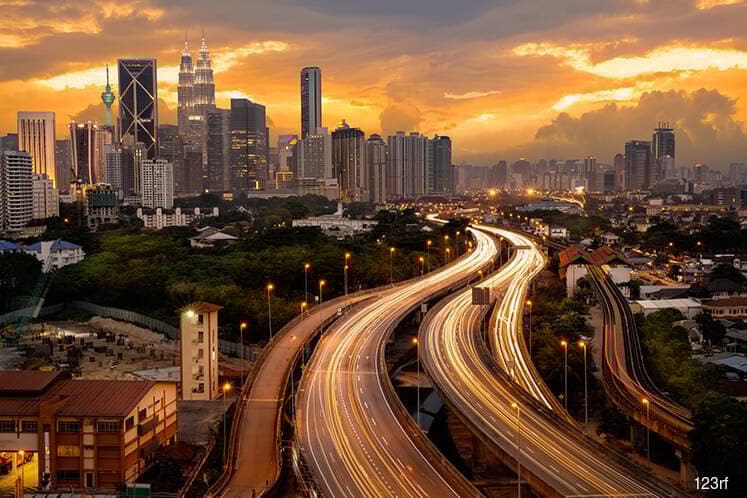
This article first appeared in The Edge Malaysia Weekly on January 1, 2018 - January 7, 2018
THERE seems to be some confusion about what is a “developed” or a “high-income” nation. The two terms are often used interchangeably to refer to a highly industrialised country that has attained a considerable level of wealth per capita.
A developed country is considered high-income, but the reverse is not necessarily true, that is, a high-income economy may not necessarily be fully developed.
Often, the level of development has a lot to do with other metrics apart from just income level.
Each economist has different criteria and measures to determine the level of development, apart from income.
“Having high income is a necessary, but not a sufficient, condition to be considered a developed nation,” says Dr Yeah Kim Leng, a professor of economics and director of the Economic Studies Programme at Jeffrey Cheah Institute on Southeast Asia at Sunway University.
“Besides advanced economic activities and infrastructures that generate high income and standard of living, developed status also encompasses the maturity, stability and sophistication of the country’s social, political and environmental systems,” he says.
There is currently no specific and consensually-agreed definition of a developed country. The World Bank, for example, has abandoned classifying countries as least-developed, developing or developed, but instead uses income levels. The thresholds are updated annually at the beginning of the World Bank’s fiscal year on July 1, with an adjustment for inflation.
From July last year, countries with a gross national income (GNI) per capita of US$12,235 per year or more have been classified as high-income.
Malaysia’s GNI per capita in 2018 was estimated at US$10,075 per year, putting it in the ranks of the upper-middle income countries for the 25th year. Other countries in the bracket include Thailand and China, both of them since 2010.
While Malaysia is still gunning for high-income nation status by 2020, Chile, which attained upper-middle income status around the same time, graduated to high-income in 2012.
Meanwhile, South Korea moved up to high-income status in 1995. However, the Asian financial crisis pushed it back down to the upper-middle bracket in 1998 before it clambered back to the high-income level in 2000.
Developed country status is much more difficult to define. As a base definition, the Central Intelligence Agency notes that a developed country generally has a gross domestic product per capita in excess of US$15,000.
However, GDP per capita of more than US$15,000 per year doesn’t necessarily make a country an advanced or developed economy. Many countries blessed with abundant natural resources and small populations are not considered developed by many world organisations.
For example, Saudi Arabia, which had a per capita GDP of more than US$20,000 per year in 2016, is not considered a developed country by any global organisation. The same goes for Brunei Darussalam (US$26,938.50) and Qatar (US$59,330.86).
Member countries of the Organisation for Economic Cooperation and Development are usually considered developed, although four — Poland, Hungary, Turkey and Mexico — have a GDP per capita of below US$15,000.
The World Economic Outlook 2018 (WEO), published by the International Monetary Fund, classifies countries as advanced, emerging and developing based on per capita income, export diversification and degree of integration into the global financial system.
However, those are not the only factors considered by the WEO. The classification is not based on strict criteria, economic or otherwise, and has evolved over time.
According to the WEO, 40 countries are classified as advanced economies. They include those whose economies have been battered in recent years by the global financial crisis, such as Greece, Italy, Ireland, Portugal and Cyprus.
With two years to go to 2020, Malaysia appears to be heading closer to becoming a high-income nation, but it is more ambiguous when it come to developed country status.
Having said that, Prime Minister Datuk Seri Najib Razak’s Transformasi Nasional 2050 or TN50, sets the course for Malaysia to be among the best in economic development, people’s well-being and innovation, assuming we attain developed nation status by 2020. TN50 is meant to cover the 30-year period from 2020 to 2050.
Save by subscribing to us for your print and/or digital copy.
P/S: The Edge is also available on Apple's AppStore and Androids' Google Play.